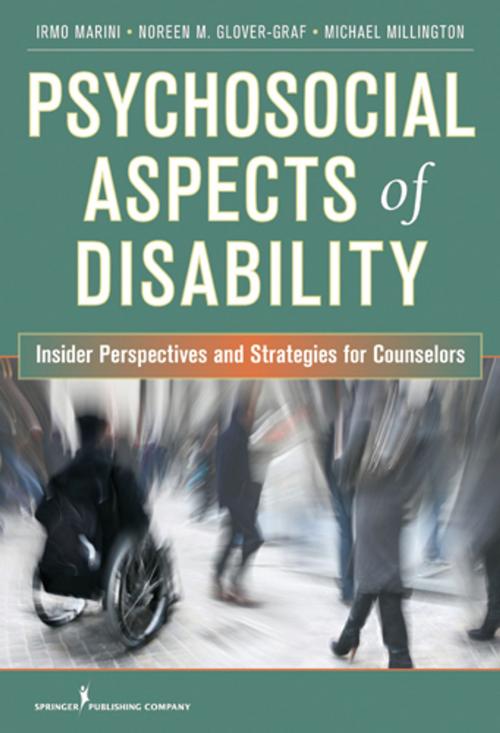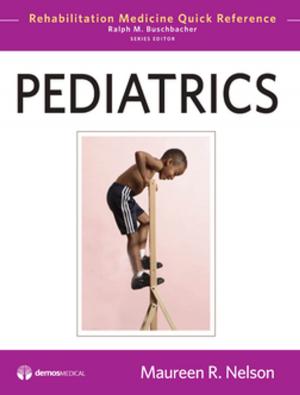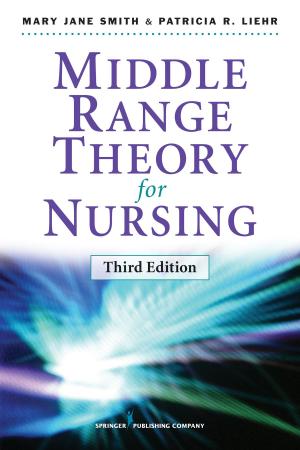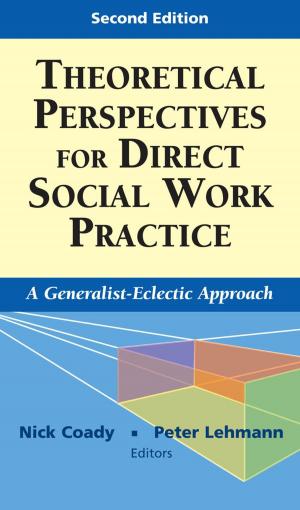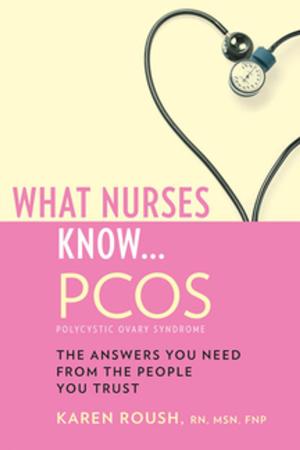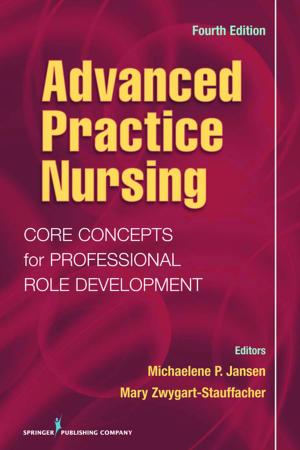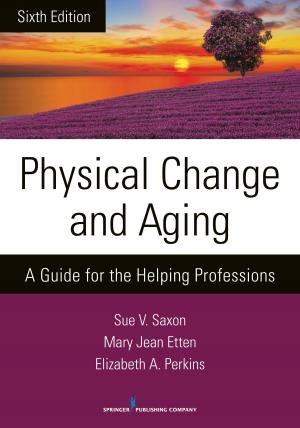Psychosocial Aspects of Disability
Insider Perspectives and Strategies for Counselors
Nonfiction, Social & Cultural Studies, Social Science, Disability, Health & Well Being, Psychology, Counselling| Author: | Michael Millington, PhD, CRC, Noreen M. Graf, RhD, CRC | ISBN: | 9780826106032 |
| Publisher: | Springer Publishing Company | Publication: | July 27, 2011 |
| Imprint: | Springer Publishing Company | Language: | English |
| Author: | Michael Millington, PhD, CRC, Noreen M. Graf, RhD, CRC |
| ISBN: | 9780826106032 |
| Publisher: | Springer Publishing Company |
| Publication: | July 27, 2011 |
| Imprint: | Springer Publishing Company |
| Language: | English |
"What a marvelous and amazing textbook. Drs. Marini, Glover-Graf and Millington have done a remarkable job in the design of this highly unique book, that comprehensively and very thoughtfully addresses the psychosocial aspects of the disability experience. These highly respected scholars have produced a major work that will be a central text in rehabilitation education for years to come."
From the Foreword by Michael J. Leahy, Ph.D., LPC, CRC
Office of Rehabilitation and Disability Studies
Michigan State University
"This is an excellent book, but the best parts are the stories of the disabled, which give readers insights into their struggles and triumphs." Score: 94, 4 Stars--Doody's Medical Reviews
What are the differences between individuals with disabilities who flourish as opposed to those who never really adjust after a trauma? How are those born with a disability different from individuals who acquire one later in life? This is the first textbook about the psychosocial aspects of disability to provide students and practitioners of rehabilitation counseling with vivid insight into the experience of living with a disability. It features the first-person narratives of 16 people living with a variety of disabling conditions, which are integrated with sociological and societal perspectives toward disability, and strategies for counseling persons with disabilities.
Using a minority model perspective to address disability, the book focuses on historical perspectives, cultural variants regarding disability, myths and misconceptions, the attitudes of special interest and occupational groups, the psychology of disability with a focus on positive psychology, and adjustments to disability by the individual and family. A wealth of counseling guidelines and useful strategies are geared specifically to individual disabilities.
Key Features:
- Contains narratives of people living with blindness, hearing impairments, spinal cord injuries, muscular dystrophy, polio, mental illness, and other disabilities
- Provides counseling guidelines and strategies specifically geared toward specific disabilities, including "dos and don'ts"
- Includes psychological and sociological research relating to individual disabilities
- Discusses ongoing treatment issues and ethical dilemmas for rehabilitation counselors
- Presents thought-provoking discussion questions in each chapter
- Authored by prominent professor and researcher who became disabled as a young adult
"What a marvelous and amazing textbook. Drs. Marini, Glover-Graf and Millington have done a remarkable job in the design of this highly unique book, that comprehensively and very thoughtfully addresses the psychosocial aspects of the disability experience. These highly respected scholars have produced a major work that will be a central text in rehabilitation education for years to come."
From the Foreword by Michael J. Leahy, Ph.D., LPC, CRC
Office of Rehabilitation and Disability Studies
Michigan State University
"This is an excellent book, but the best parts are the stories of the disabled, which give readers insights into their struggles and triumphs." Score: 94, 4 Stars--Doody's Medical Reviews
What are the differences between individuals with disabilities who flourish as opposed to those who never really adjust after a trauma? How are those born with a disability different from individuals who acquire one later in life? This is the first textbook about the psychosocial aspects of disability to provide students and practitioners of rehabilitation counseling with vivid insight into the experience of living with a disability. It features the first-person narratives of 16 people living with a variety of disabling conditions, which are integrated with sociological and societal perspectives toward disability, and strategies for counseling persons with disabilities.
Using a minority model perspective to address disability, the book focuses on historical perspectives, cultural variants regarding disability, myths and misconceptions, the attitudes of special interest and occupational groups, the psychology of disability with a focus on positive psychology, and adjustments to disability by the individual and family. A wealth of counseling guidelines and useful strategies are geared specifically to individual disabilities.
Key Features:
- Contains narratives of people living with blindness, hearing impairments, spinal cord injuries, muscular dystrophy, polio, mental illness, and other disabilities
- Provides counseling guidelines and strategies specifically geared toward specific disabilities, including "dos and don'ts"
- Includes psychological and sociological research relating to individual disabilities
- Discusses ongoing treatment issues and ethical dilemmas for rehabilitation counselors
- Presents thought-provoking discussion questions in each chapter
- Authored by prominent professor and researcher who became disabled as a young adult
